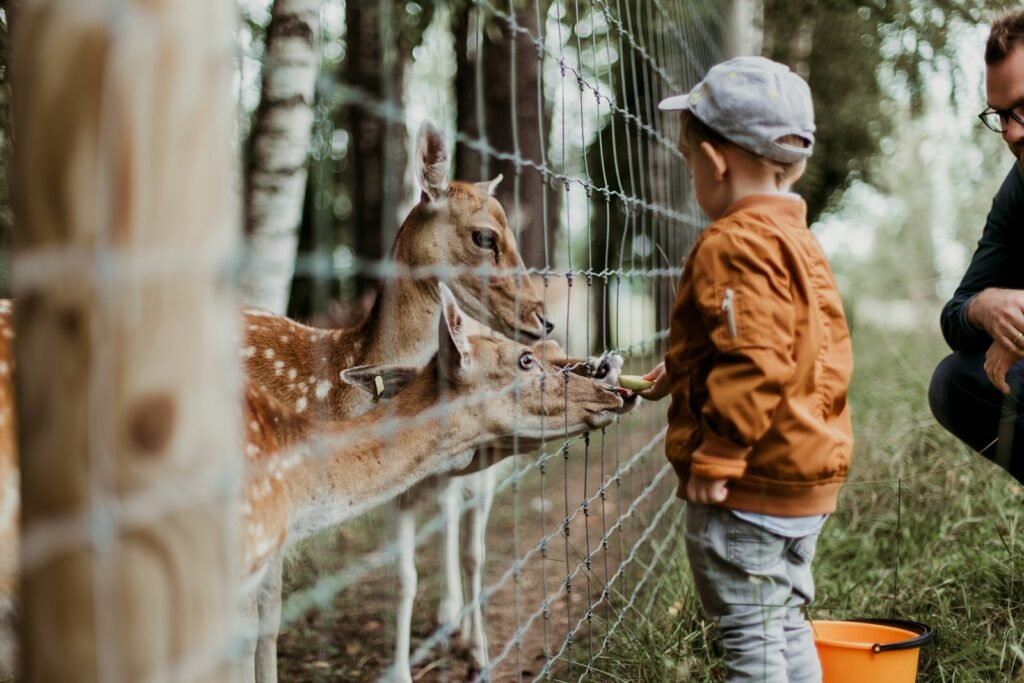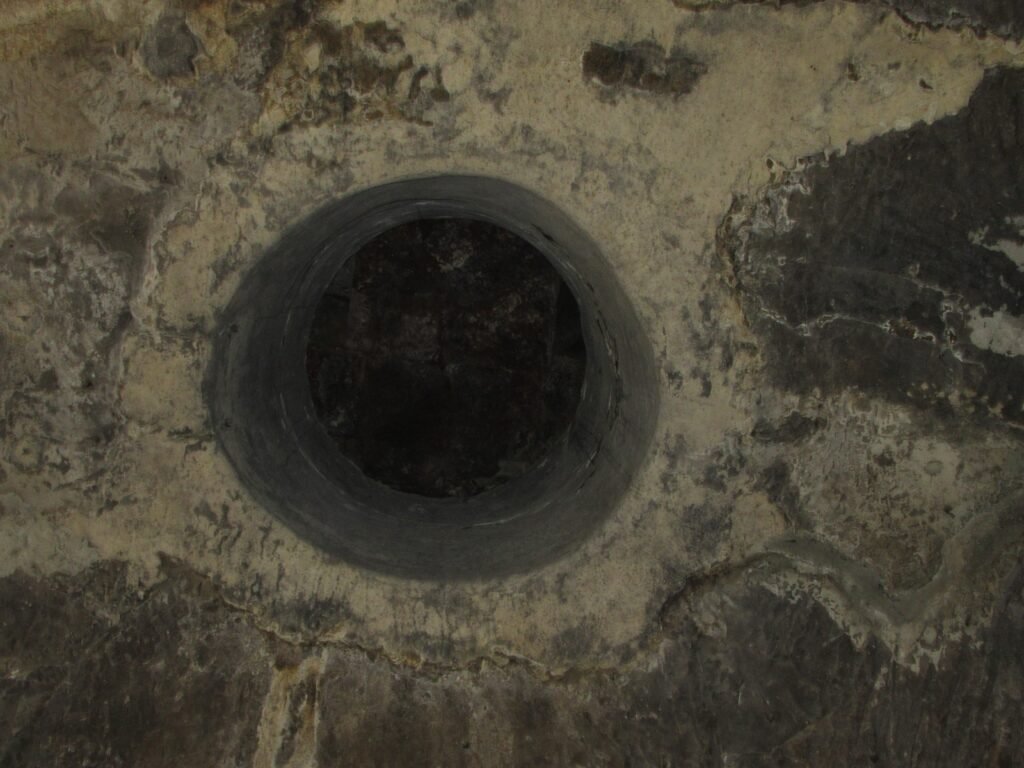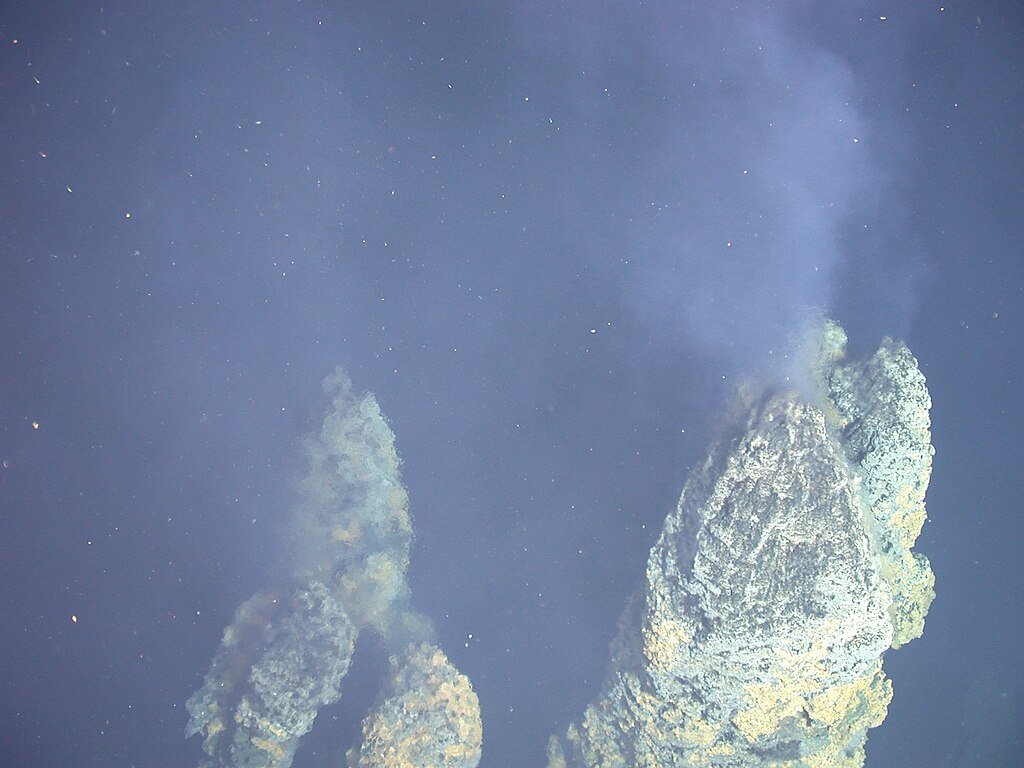In the dense rainforests, isolated islands, and deep oceans of our planet, some of the world’s rarest animals cling to survival. Their existence teeters on the edge due to habitat loss, climate change, and overexploitation. While their rarity evokes a sense of mystery and intrigue, it also raises urgent questions about whether it’s possible to save them from extinction. This article explores the plight of these rare animals, the challenges they face, and the efforts being made to ensure their survival.
Understanding Rarity in the Animal Kingdom

Rarity in nature can be driven by several factors, including a species’ specialized habitat requirements, limited geographical distribution, or low population numbers. For instance, some animals may be naturally rare as they occupy specific ecological niches that limit their numbers by design. However, human activities have exacerbated such rarity, pushing many species to the brink of extinction.
Case Study: The Vaquita

The vaquita, a small porpoise native to the Gulf of California, is currently the world’s most endangered marine mammal. Fewer than 10 individuals remain due to illegal fishing practices that have led to habitat destruction and accidental bycatch. Conservationists are urgently working to save the vaquita, utilizing methods such as increased enforcement of fishing regulations and developing vaquita-safe fishing gear.
The Plight of the Javan Rhino

Once found throughout Southeast Asia, the Javan rhinoceros is now critically endangered, with approximately 75 individuals surviving in Ujung Kulon National Park, Indonesia. Habitat loss and poaching have devastated this species’ population. Conservation efforts focus on protecting their habitat, anti-poaching patrols, and habitat enhancement to encourage population growth.
The Elusive Amur Leopard

The Amur leopard is one of the world’s rarest big cats, with only around 100 individuals remaining in the wild, primarily in the forests of the Russian Far East. These leopards face threats from poaching and habitat fragmentation. Conservationists are working on reforestation projects, anti-poaching initiatives, and building wildlife corridors to connect fragmented habitats.
Challenges in Conservation

Saving the world’s rarest animals involves combating several obstacles, including limited funding, political instability, and the complexities of ecosystem management. In many cases, socio-economic factors such as local community dependence on natural resources complicate conservation efforts. Sustainable solutions require balancing environmental preservation with human needs.
The Role of Technology in Conservation

Technology has emerged as a crucial ally in preserving endangered species. Drones, satellite imagery, and GPS tracking enable more efficient monitoring of animal populations and habitats. Genetic technologies, including cloning and gene editing, offer new avenues to bolster populations by increasing genetic diversity or even reviving extinct species through de-extinction science.
Community Involvement and Education

Engaging local communities in conservation efforts is essential. Education and awareness programs can help shift perceptions and develop sustainable livelihoods that align with conservation goals. Additionally, community-based conservation models empower locals to take ownership of their natural resources, leading to more sustainable long-term outcomes.
Success Stories: What We Can Learn

Certain species, once on the brink of extinction, have made remarkable recoveries thanks to concerted conservation efforts. The success story of the mountain gorilla, whose numbers have increased due to habitat protection and anti-poaching measures, demonstrates that coordinated efforts can yield positive results. Such successes offer hope and valuable lessons for saving other rare species.
International Cooperation: A Global Responsibility

Preserving rare species is a global responsibility that requires international collaboration. Treaties such as the Convention on International Trade in Endangered Species (CITES) and initiatives like the Global Environment Facility (GEF) play critical roles in facilitating cross-border cooperation and funding for conservation projects.
The Future of Rare Species Conservation

The future of the world’s rarest animals depends on a blend of scientific innovation, strategic conservation planning, and the unwavering commitment of individuals and governments alike. As we gain a deeper understanding of these species and the ecosystems they inhabit, it’s increasingly clear that preserving biodiversity is not just about saving individual species but is crucial for the health and stability of the entire planet.
Conclusion

In conclusion, while the challenge of saving the world’s rarest animals is daunting, it’s not insurmountable. Through relentless effort, innovation, and collaboration, we can work towards a future where these extraordinary creatures continue to roam our planet. Every species saved represents a victory not just for conservationists but for humanity as a whole, symbolizing hope and resilience in the face of adversity.




